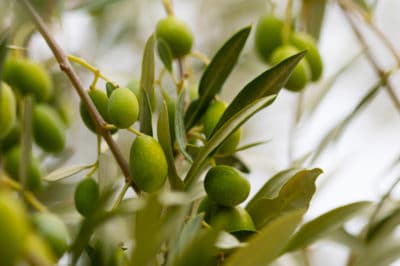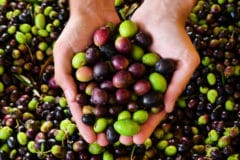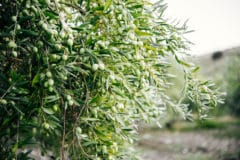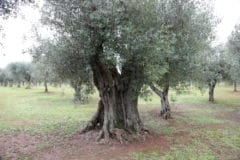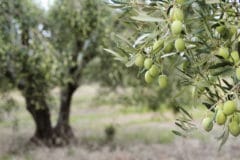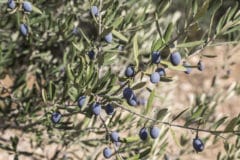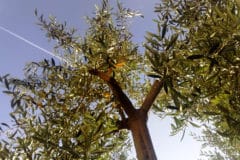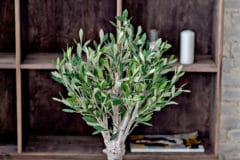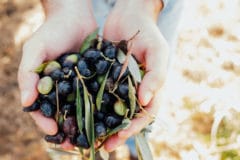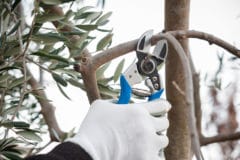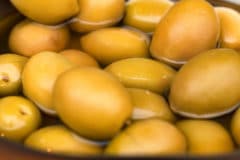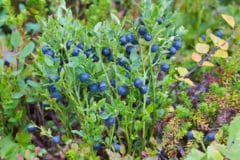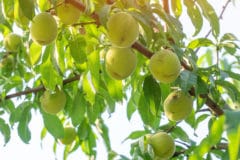Climates Where Olive Trees Grow
Olive trees thrive in warm, Mediterranean, USDA plant hardiness climate zones 10 and 11, although there are some extra-hardy varieties which can grow in zones 8 and 9. The preferred climate for olive trees is an area with a warm and rainless summer and a wet and mild winter season without hard freezes.
Temperatures below 22ºF (-5ºC) kill leaves, small branches, and twigs of olive trees, and when the thermometer drops to 15ºF (-10ºC), the entire tree is likely to die.
Even though olive trees cannot tolerate hard freezing, these evergreen trees still need a period of cold weather between 35º to 59ºF (1.6º to 15ºC) in order to produce flower buds. Unless they receive this chill period, the trees will not produce flowers and olive fruit.
The Annual Life Cycle of an Olive Tree
As temperatures warm and daylight hours lengthen in spring, olive trees burst out in buds growing from the leaf axils. These buds then go on to develop either into clusters of small, white and yellow flowers, which become fruit, or they grow out into shoots and new leaves.
Most varieties of olive tree are self-fertile and don’t require cross-pollination to set fruit, but there are exceptions. Pollinated flowers grow and swell, turning into the olives we love to eat on pizzas and salads.
All olives start out green and eventually turn black. Green olives we eat are picked early in the season, and black olives are picked later or are turned black during the curing process. Generally, olives for eating are harvested in fall, and olives harvested for olive oil are left to ripen fully on the tree until winter before picking.
Some Cold Hardy Olive Varieties
While most cultivars of olive like the warm temperatures of zones 10 and 11, these are some which can be grown in zones 8 and 9 and still produce fruit. These include:
- Arbequina
- Ascolano
- Cornicabra
- Farga
- Mission
- Sevillano
You can also try growing an indoor olive tree as a potted house plant. But, indoor trees usually don’t set fruit, and they still need lots of sun and warm temperatures to grow.
Some people have success growing olive trees using the bonsai method. Bonsai is a growing technique and art form developed in Japan for cultivation of a miniature version of a tree that looks like a full-grown tree.
